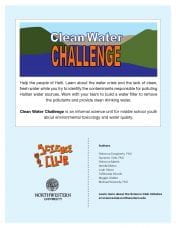Curriculum
Engaging units grounded in authentic science and engineering practices
CURRICULUM
The Science Club academic year is divided into three quarters: fall, winter and spring. Each is 7-10 weeks long, focused on one of the curricular units below. Each unit has a particular theme ranging from food to medicine. The quarter culminates in a big finale event or competition to wrap-up and celebrate!
These units were designed by Northwestern scientists and tested with Boys and Girls Club members and Chicago Public School students.
They are all free to adapt for your own classroom or afterschool club.
Email us at scienceinsociety@northwestern.edu if you wish to use them; we will send you downloadable PDF version!
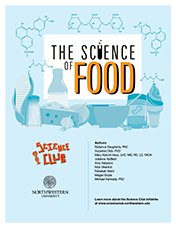
Science of Food
Each week, we experiment with a different junk food recipe (like potato chips, soda, and ice cream) and discuss the scientific principles and nutritional value behind our favorite snacks. For the final challenge, each group develops a new recipe, calculates the nutritional content of their invention, and a panel of food critics awards the best recipe.
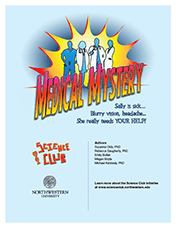
Medical Mystery
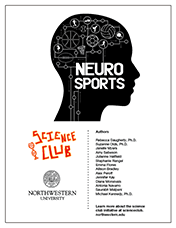
NeuroSports
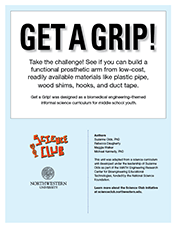
Get a Grip!
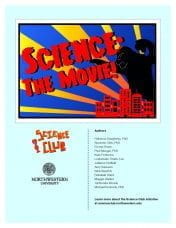
Science: The Movie!
